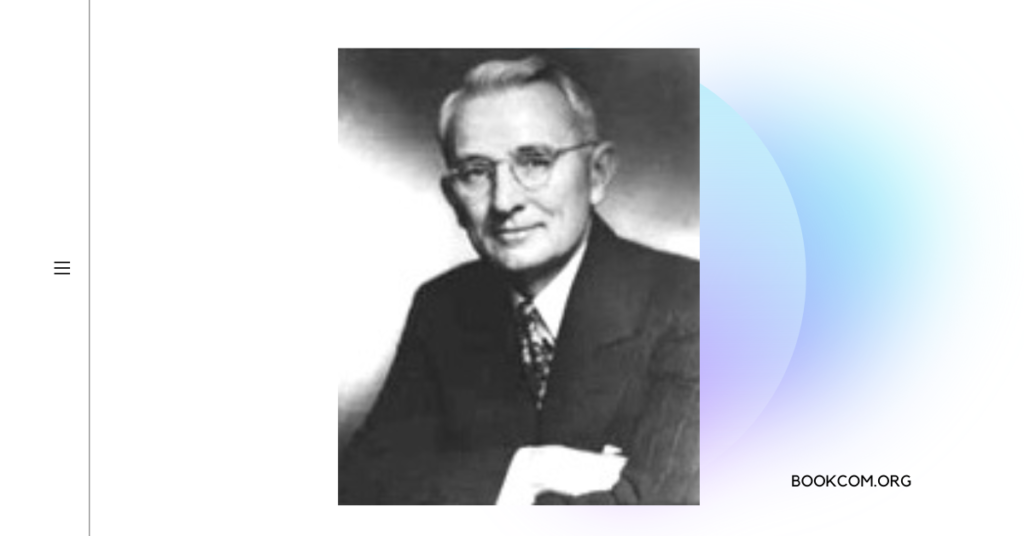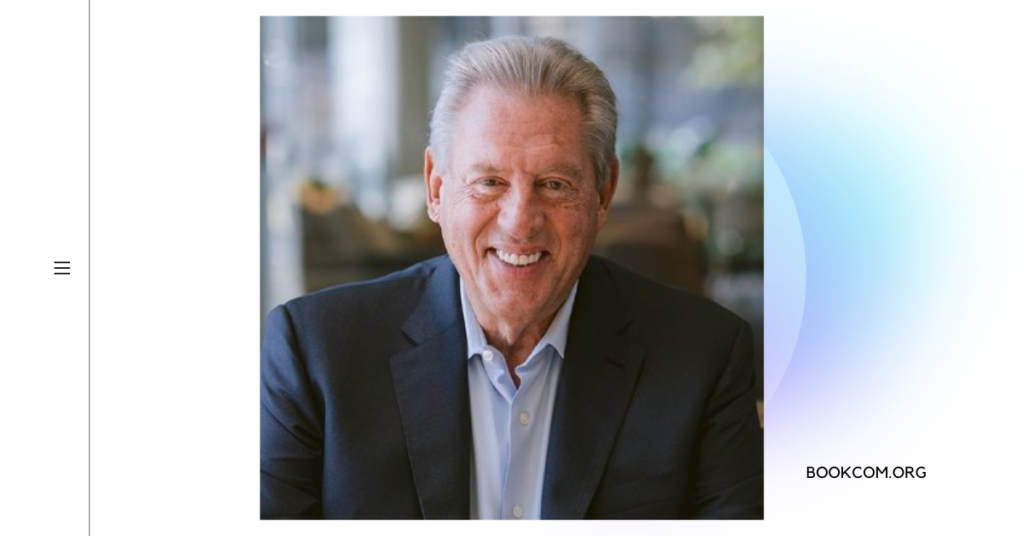Nir Eyal is an acclaimed author and expert in the fields of psychology, habit formation, and behavior change. With his deep understanding of human behavior and meticulous research methodology, Eyal has made notable contributions to his field of expertise. Through his engaging writing style and ability to communicate complex ideas in accessible ways, Eyal has influenced countless readers and society as a whole.
Background and Education:
Nir Eyal’s passion for understanding human behavior and the psychology of habit formation began early in his life. He holds a bachelor’s degree in Neuroscience from Stanford University and a master’s degree in Business Administration from the Stanford Graduate School of Business. Eyal’s multidisciplinary background, blending the realms of science and business, provides him with a unique perspective in his research and writing.
Research Methodology:
Eyal’s research methodology is characterized by a rigorous and systematic approach. He delves deep into scientific studies, cutting-edge research, and real-world case studies to uncover the underlying principles that govern human behavior. Eyal’s work is characterized by a synthesis of insights from psychology, neuroscience, and behavioral economics, allowing him to offer a comprehensive understanding of how habits are formed and how behavior can be changed.
Notable Contributions:
Eyal’s notable contributions lie in his groundbreaking exploration of habit formation, behavior design, and the psychology of technology. He is best known for his book, “Hooked: How to Build Habit-Forming Products,” which has become a seminal work in the field of product design and user engagement. In “Hooked,” Eyal provides a practical framework that explains how companies can create habit-forming products by tapping into users’ psychological triggers.
Eyal’s second book, “Indistractable: How to Control Your Attention and Choose Your Life,” further solidified his position as an authority on behavior change. In this work, Eyal offers readers practical strategies and techniques to overcome distractions and regain control over their attention, ultimately leading to a more fulfilling and focused life.
Communicating Complex Ideas:
What sets Eyal apart is his ability to communicate complex psychological concepts in a clear and accessible manner. He skillfully translates scientific research into practical advice that can be easily understood and applied by a wide range of readers. Eyal’s writing style is engaging, relatable, and often peppered with personal anecdotes, making his books a pleasure to read while imparting valuable knowledge.
Influence on Readers and Society:
Eyal’s work has had a profound influence on both individuals and society as a whole. Through his books, he has empowered countless readers to understand the underlying mechanisms that drive their behavior and to take control of their habits. By shedding light on the psychological tactics used by companies in product design, Eyal has sparked important discussions around the ethics of technology and the need for individuals to be mindful of their tech usage.
Moreover, Eyal’s research has prompted industry leaders and entrepreneurs to adopt a more responsible approach to designing habit-forming products, with an increased focus on user well-being and ethical considerations. By bridging the gap between academia and practical application, Eyal has become a catalyst for positive change in the technology and design industries.
Conclusion:
Nir Eyal’s expertise in habit formation, behavior change, and the psychology of technology has made him a leading voice in his field. His meticulous research methodology, coupled with his ability to communicate complex ideas in accessible ways, has allowed him to influence readers and shape societal conversations. Through his books, Eyal has empowered individuals to understand their own behavior and reclaim control over their lives. With his insightful and impactful work, Eyal continues to make significant contributions to our understanding of human behavior and the ways in which we can create positive change.



